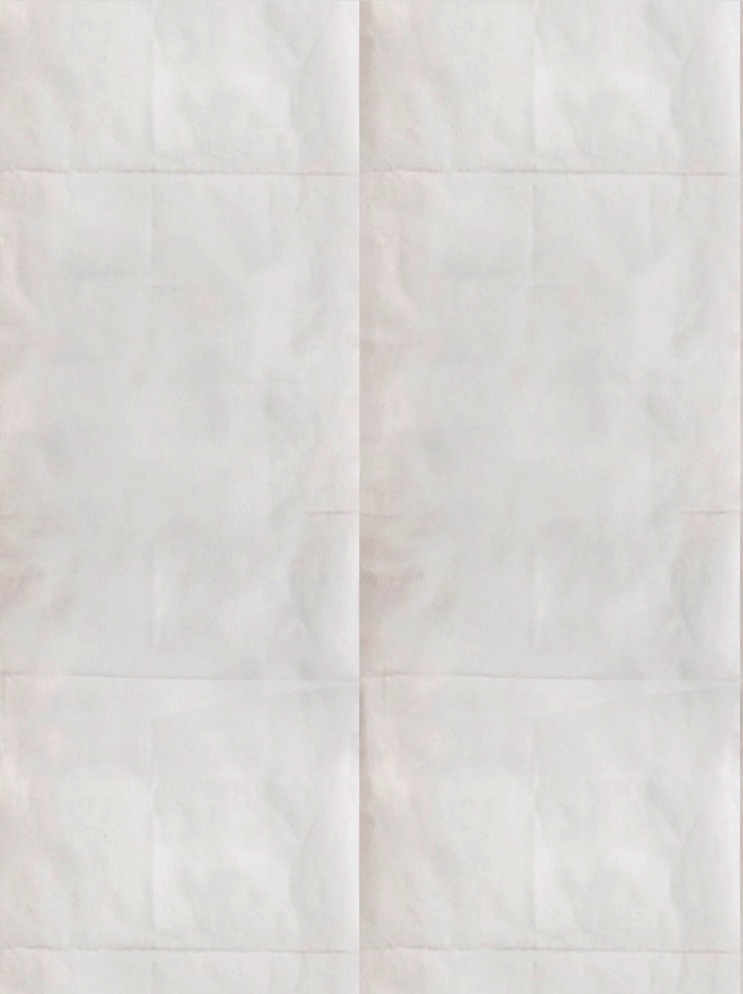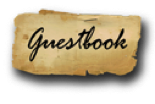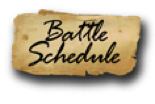

Civil War Reenacting
Has a History of Its Own
During the war, "sham battles," in which blanks were used, were conducted by Confederate and Union troops for training purposes at the winter camps. Near the end of the nineteenth century, old veterans in civilian attire got together at reunions, and retraced their steps, over the same ground they had fought across as young men.
Beginning in the early twentieth and continuing into the 1930’s, the U.S. army "fought" U.S. Marines in war games held on Civil War battlefields using contemporary weapons, and loosely following the movements of the original armies.
In the mid-1950’s, the eve of the Civil War centennial years, black powder marksmen formed the North-South Skirmish Association to hold target shoots using original weapons, while dressed in makeshift "uniforms" of Civil war soldiers. From this hobby came men, who wanted to experience more of the lifestyles of the soldiers of the 1860’s. They began to research the proper dress, drill, camp life, etc. to become "living historians" for their own enjoyment as well as for the education of the American public, who have always been fascinated with the War Between the States.
In the 1960’s, the National Park service began "living history" programs to better interpret historic sites to the public, including Civil War battlefields. This resulted in more professional research being conducted on the many facets of a Civil War soldier’s life, which in turn increased interest among reenactors.
The late 1970’s saw a steady increase in the number of Civil War reenactors, who were interested in living history as well as in focusing public attention on preservation of our heritage and historic sites.
The hobby really became popular in the 1980’s with the 125th anniversary reenactments. These events attracted thousands of reenactors, which drew tremendous publicity and enabled further evolution of the hobby. Now battalion sized and even brigade sized organizations took the field instead of the company sized units, which were all that was possible in the early years.
The 1990’s saw the results of more extensive research, and organization with reenactments providing unprecedented living history experiences as well as raising large sums of money for historic preservation. This continues into the new century.








